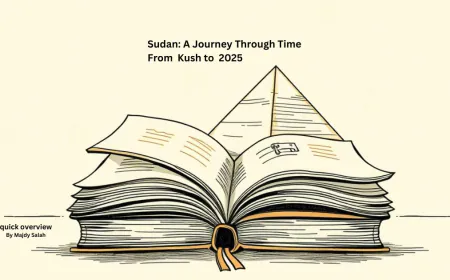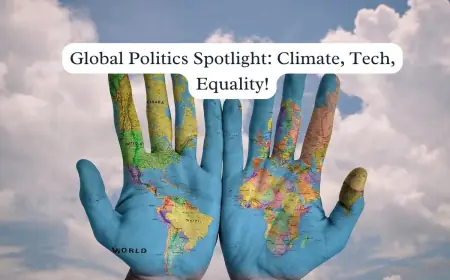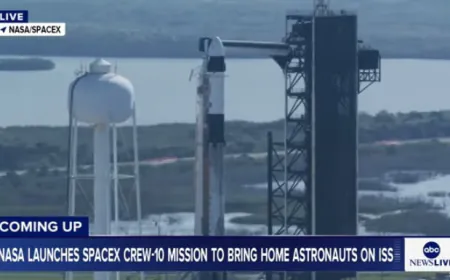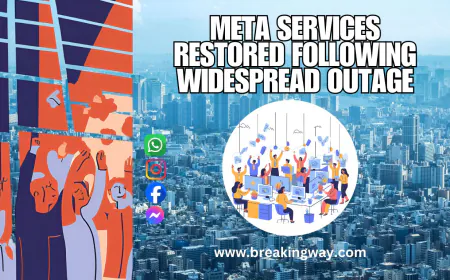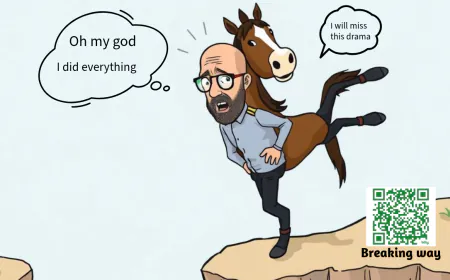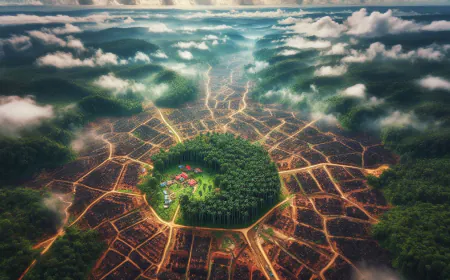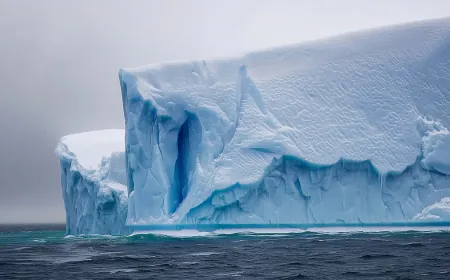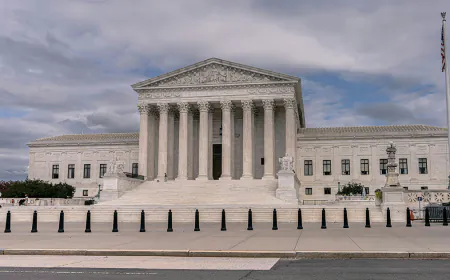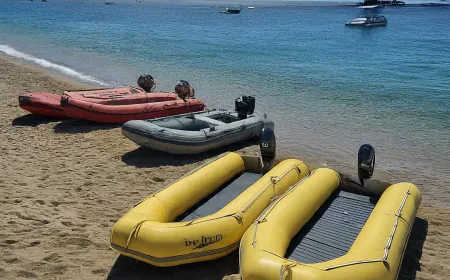Keep Forests Standing: Act Against Deforestation!
Discover actionable strategies to combat deforestation and protect global forests. Learn how deforestation solutions and forest conservation can help stop deforestation and how you can make a difference today.
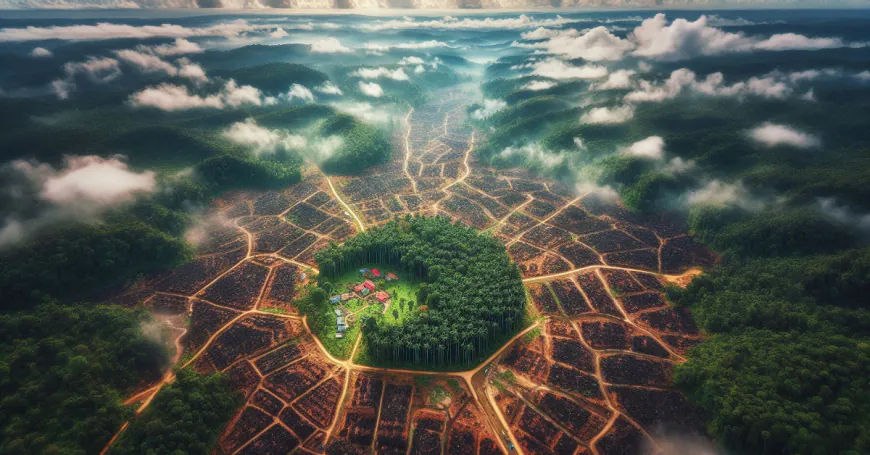
Did you know that the world loses an area of forest equivalent to 27 soccer fields every minute? (Source: globalforestwatch). This staggering statistic highlights the urgent need for global action. Deforestation is not just about losing trees; it’s about jeopardizing our planet’s health and our own future. Effective deforestation prevention strategies and robust forest conservation solutions are paramount if we are to stop deforestation campaigns. This article explores six critical sustainable land use practices and rainforest protection methods to combat this crisis: understanding hidden costs, decoding drivers, harnessing consumer power, leveraging technology, implementing policies, and empowering communities. Together, we can learn how to keep forests standing through eco-friendly forestry initiatives.
The Hidden Costs: How Deforestation Impacts Us All
Beyond the visual loss of trees, the unseen consequences of deforestation are profound. Why does “Keeping Forests Standing” matter beyond aesthetics? It’s because deforestation triggers a cascade of negative effects impacting biodiversity, water resources, soil health, and human communities far beyond the forest edge.
Biodiversity Collapse
Forests are Earth’s treasure troves of biodiversity. Habitat destruction through deforestation is the primary driver of species extinction (Source: : iucn). We lose not only iconic animals but also potential medicines and vital ecosystem services provided by unique flora and fauna.
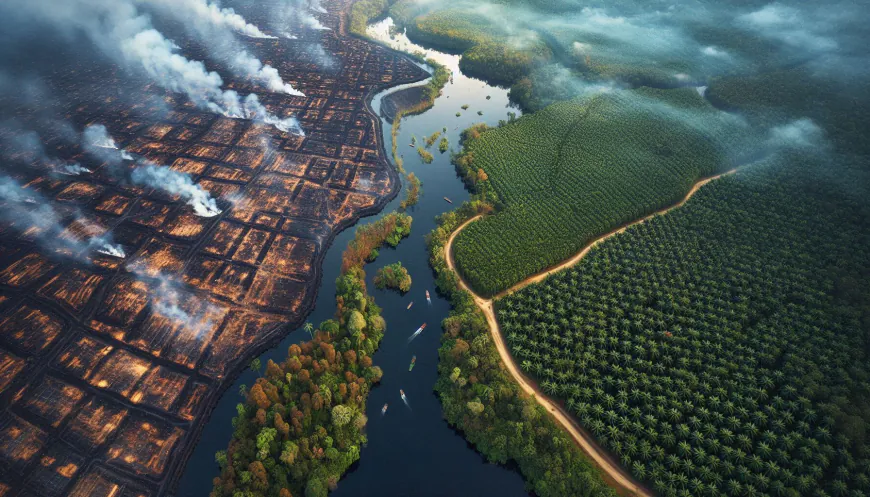
Water Woes
Forests are natural water regulators. Their removal leads to increased surface runoff, which can cause devastating floods and landslides (Source: : World Resources Institute). Water quality declines as erosion carries sediment and pollutants into rivers and lakes.
Soil Degradation
Tree roots stabilize soil. When forests disappear, severe soil erosion depletes nutrients, impacting agricultural productivity and accelerating desertification in arid regions. Sustainable land use practices, such as agroforestry, can reverse this damage.
Human Dimensions
Indigenous Peoples and local communities lose livelihoods and cultural heritage due to deforestation. Deforestation also increases zoonotic disease risks (Source: : WHO). Approximately 10 million hectares of forest are cleared annually (Source: : FAO).
Decoding the Drivers: What’s Really Clearing Our Forests?
Deforestation is driven by global commodity demands, agricultural expansion, infrastructure development, and policy gaps.
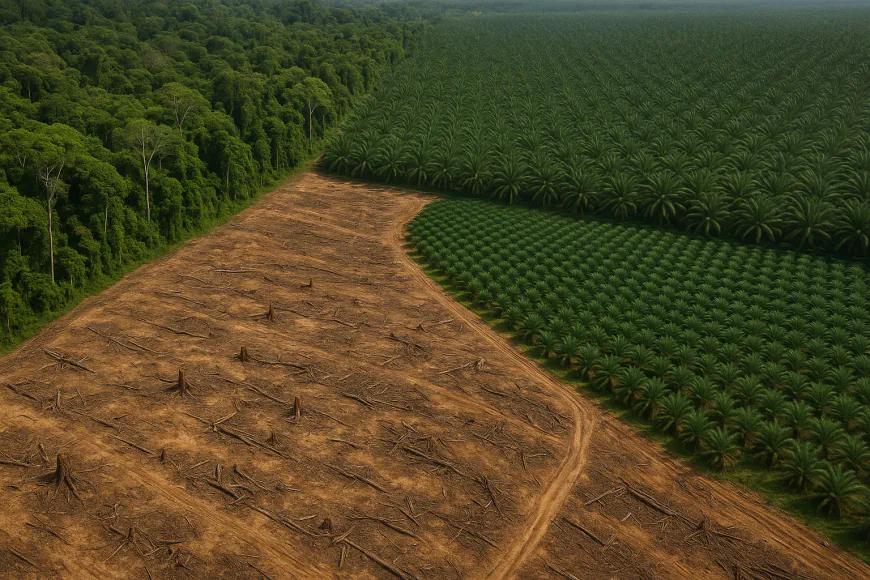
Commodity-Driven Deforestation
Beef, soy, palm oil, and timber/pulp production drive deforestation (Source: WWF: Rainforest protection methods). , like certification programs, aim to curb this.
Agricultural Expansion
Population growth fuels demand for farmland, including industrial agriculture and subsistence farming. Transitioning to eco-friendly forestry initiatives can reduce pressure on forests.
Infrastructure and Extraction
Roads, mines, and urban sprawl fragment forests, enabling exploitation.
Underlying Factors
Weak governance, land tenure insecurity, and economic pressures exacerbate deforestation.
Your Consumer Power: Making Choices to Protect Forests
Identifying High-Risk Products
Focus on beef, soy, palm oil, coffee, cocoa, paper, and wood products.
Look for Certifications
-
FSC (Forest Stewardship Council): Supports forest conservation solutions for wood/paper (fsc.org).
-
RSPO (Roundtable on Sustainable Palm Oil): Promotes rainforest protection methods (rspo.org).
-
Rainforest Alliance/Fair Trade: Ethical agriculture (rainforest).
Smart Consumption Habits
-
Reduce red meat consumption.
-
Choose recycled paper or bamboo.
-
Support brands with zero-deforestation commitments.
Tech vs. Tree Loss: Innovations Helping Forests Stand
Real-Time Monitoring
Satellites and AI track deforestation via Global Forest Watch (globalforestwatch), a key tool in stop deforestation campaigns.
Supply Chain Transparency
Blockchain and DNA analysis verify product origins, ensuring sustainable land use practices.
Sustainable Alternatives
Lab-grown wood and precision agriculture reduce forest pressure.
From Policy to Planting: How Governance and Restoration Save Forests
Government Action
-
Enforce protected areas and anti-logging laws.
-
Incentivize eco-friendly forestry initiatives through tax breaks.
International Cooperation
Initiatives like REDD+ (unfccc) and the Bonn Challenge (bonnchallenge) fund forest restoration.
Reforestation & Afforestation
Plant native species to restore ecosystems (e.g., Great Green Wall: greatgreenwall )
Community Guardians: Empowering Local Action for Forest Protection
Community Forest Management (CFM)
Nepal’s success in community-led conservation (Source: World Bank: worldbank) showcases forest conservation solutions.
Sustainable Livelihoods
Promote ecotourism and agroforestry to align conservation with economic needs.
Frequently Asked Questions (FAQs)
-
How does deforestation affect climate change?
Forests absorb CO2; their destruction releases carbon (Source: IPCC: ipcc). -
What products contribute most to deforestation?
Beef, soy, palm oil, and timber. -
Can planting trees reverse deforestation damage?
Yes, but prioritize protecting existing forests and using native species.
Conclusion
The fight to stop deforestation campaigns demands collective action. By understanding impacts, leveraging consumer power, embracing rainforest protection methods, enforcing policies, and empowering communities, we can protect forests. Integrate these sustainable land use practices into daily life and advocate for systemic change.
External Links for Further Reading:
-
United Nations Environment Programme (UNEP)
-
Global Forest Watch: globalforestwatch
-
World Wildlife Fund (WWF): panda
Related Articles
-
Extreme Weather Events: A New Normal or a Global Crisis?
https://breakingway.com/extreme-weather-events-a-new-normal-or-a-global-crisis -
Biodiversity Challenges: Conservation in a Changing World
https://breakingway.com/biodiversity-challenges-conservation -
Global Sea Ice Drops to Lowest Level on Record
https://breakingway.com/global-sea-ice-drops-to-lowest-level-on-record
Want to deepen your understanding of our planet’s interconnected crises? Explore the links above to learn how climate change, biodiversity loss, and melting sea ice are reshaping our world—and discover how you can contribute to global solutions.
What's Your Reaction?









